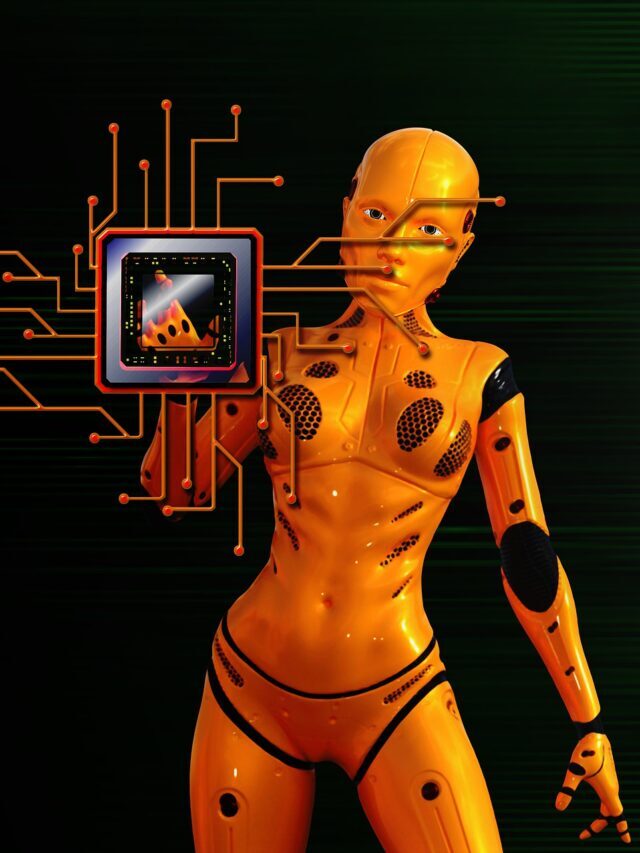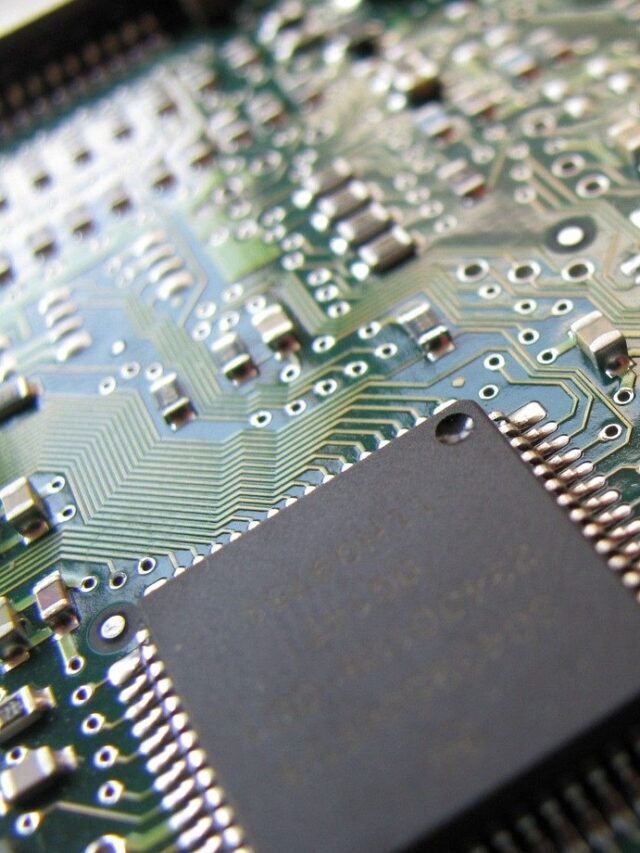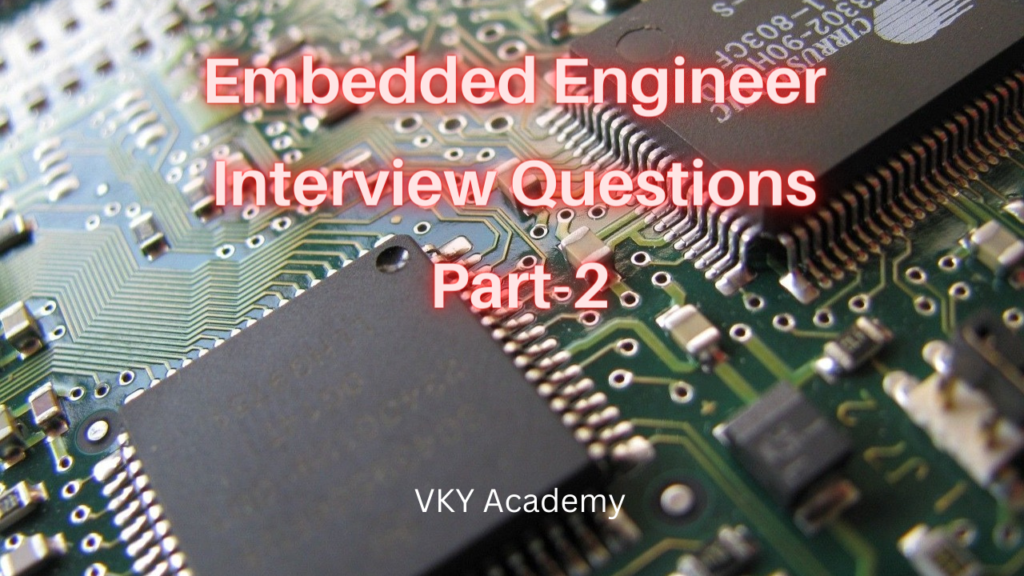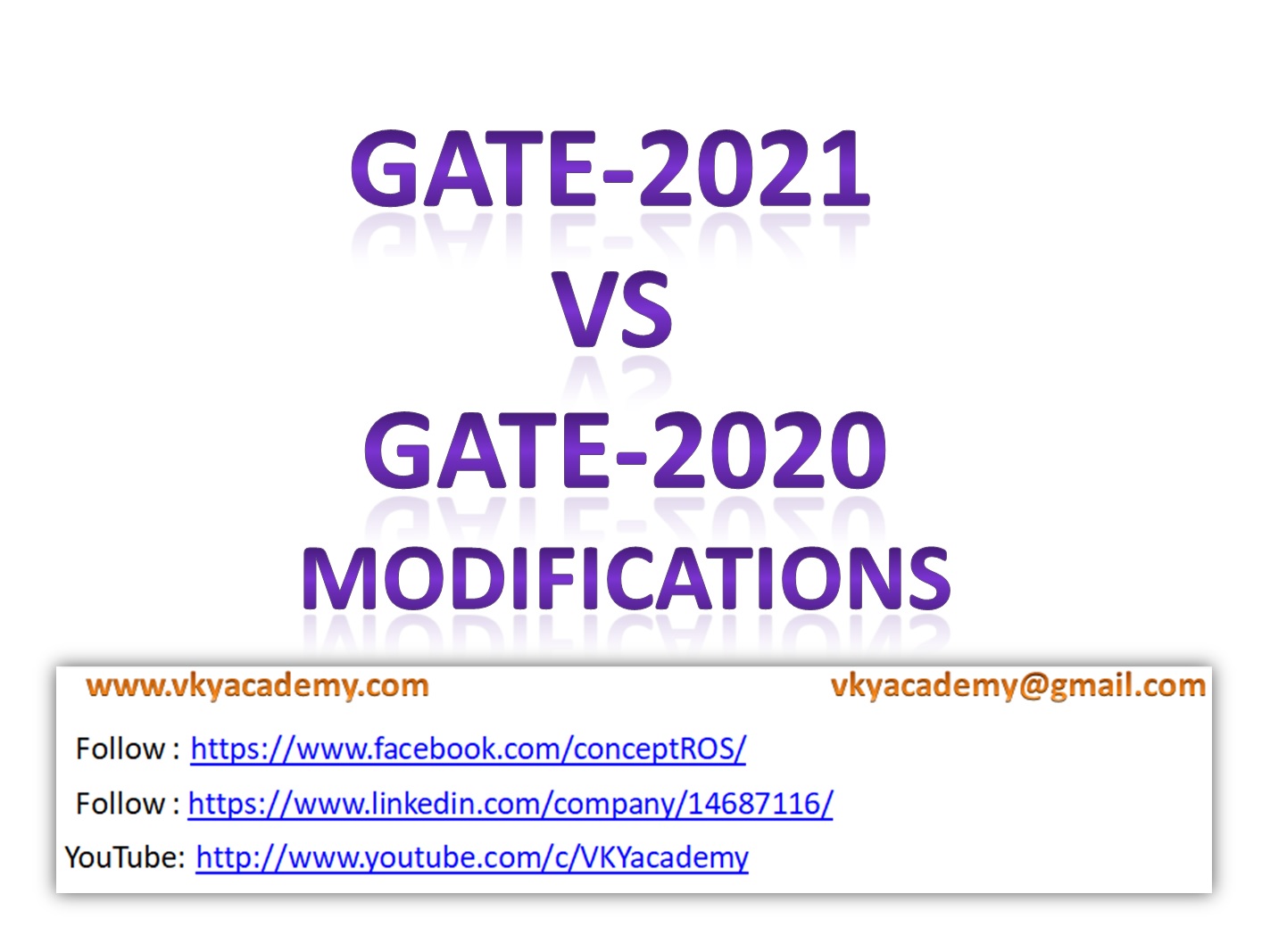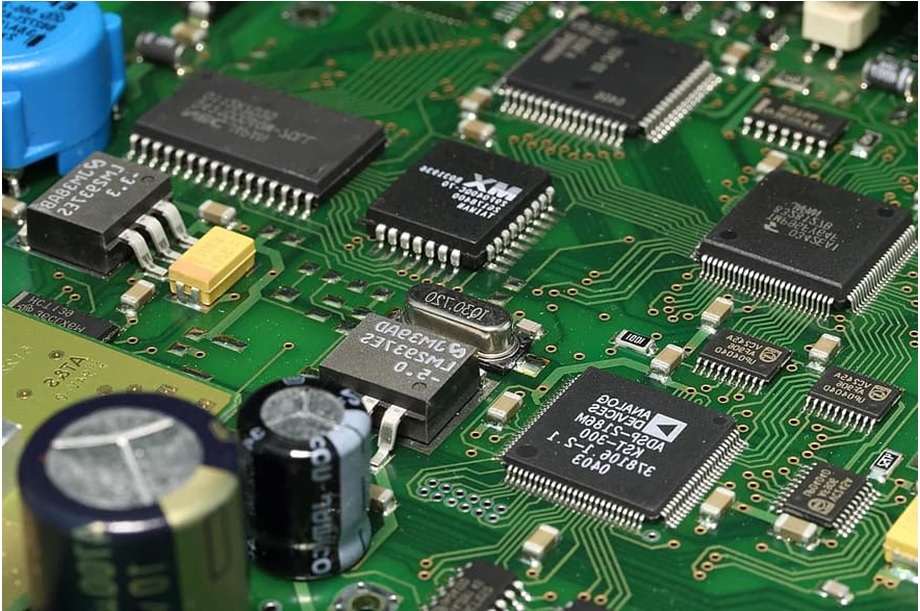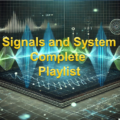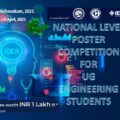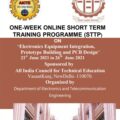This is the second part of Embedded Engineer Interview series. These questions are also helpful for the aspirant who are preparing for their semester examination of UG or PG.
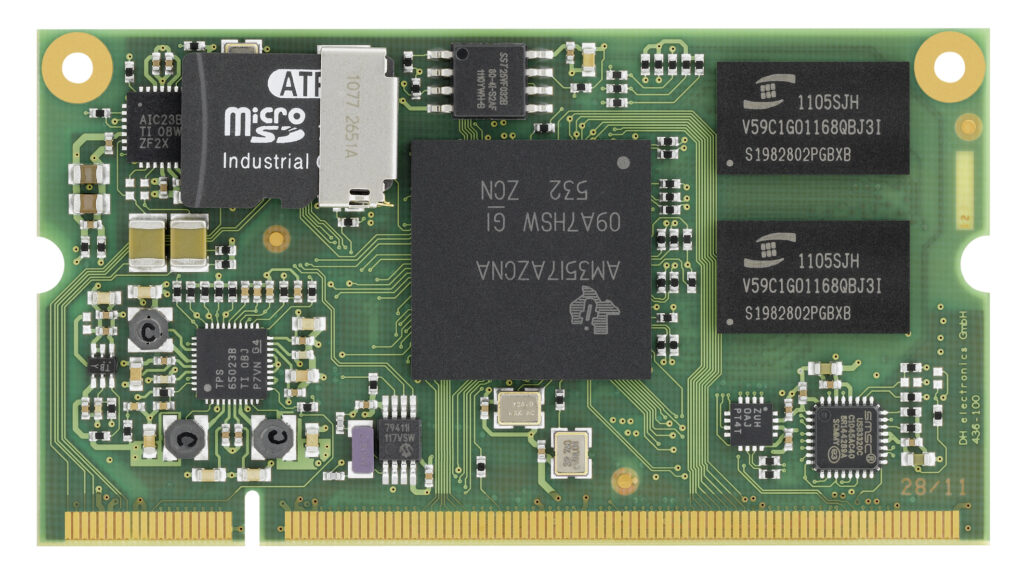
- Explain the ten ways by which the synchronous signals with the clocking information transmit from a master device to a slave device.
- Discuss two important characteristics of synchronous communication.
- Discuss two important characteristics of asynchronous communication.
- What are the important uses of Timer Device in an Embedded System?
- How does the start and end of a byte or data frame is indicated in the CAN bus?
- Compare the advantages and disadvantages of data transfer using serial and parallel ports/devices.
- Explain the use of each control bit of I2C bus.
- What are the advantages of DMA based data transfer over the interrupt driven data transfer?
- What are the uses of hardware assigned priorities in an interrupt mechanism?
- Explain how do you use the vector address for an interrupt source?
- List some of the useful Linux Device Drivers for the Embedded System.
- What are Virtual Devices?
- Give some examples of virtual devices.
- What are the advantages of busy and wait transfer mode for I/O devices?
- What are the disadvantages of busy and wait transfer mode for I/O devices?
- Explain the details of each field in a CAN frame.
- Taking the example of the serial line driver at the COM port of a PC, explain how a device is initialised and configured?
- Explain how the vector addresses for an interrupt source be used?
